

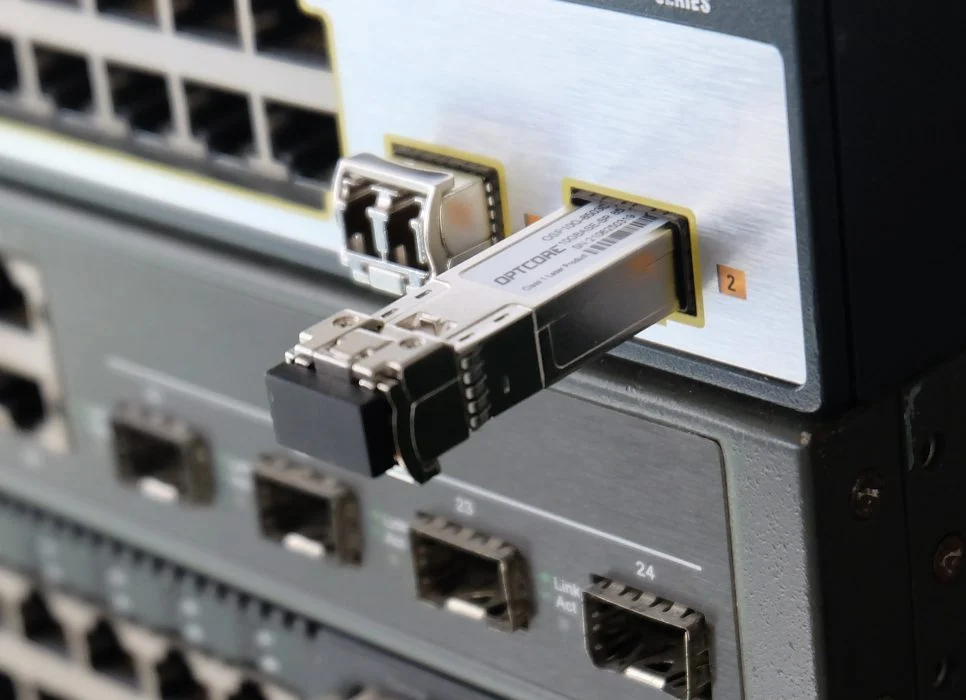


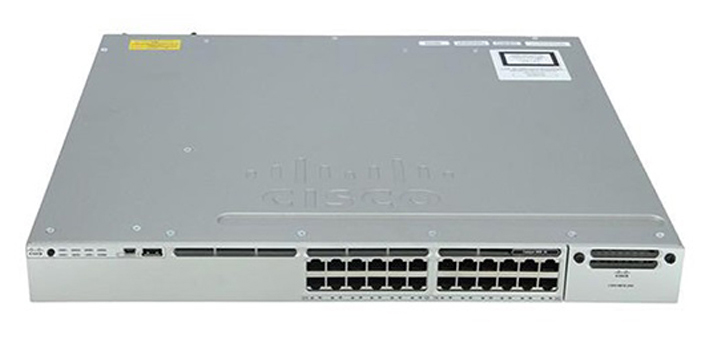
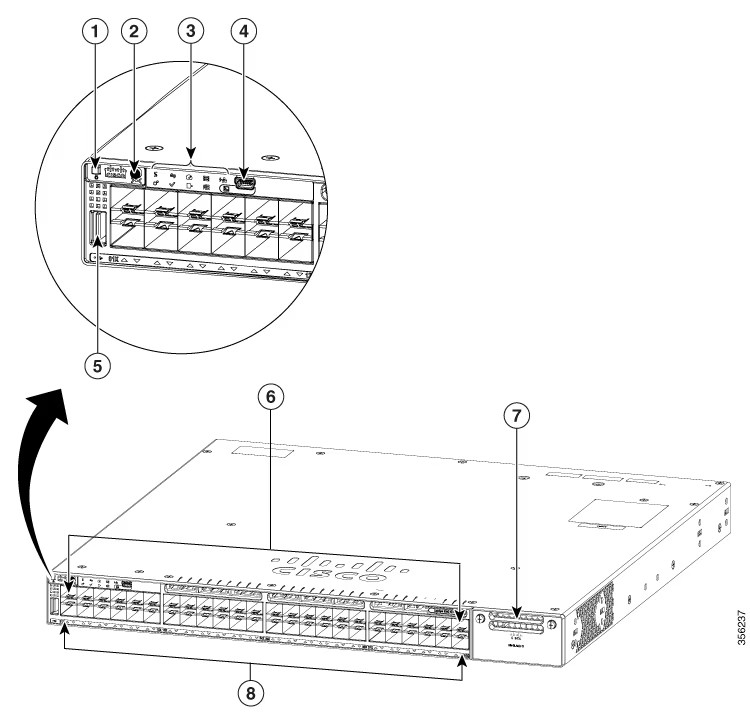

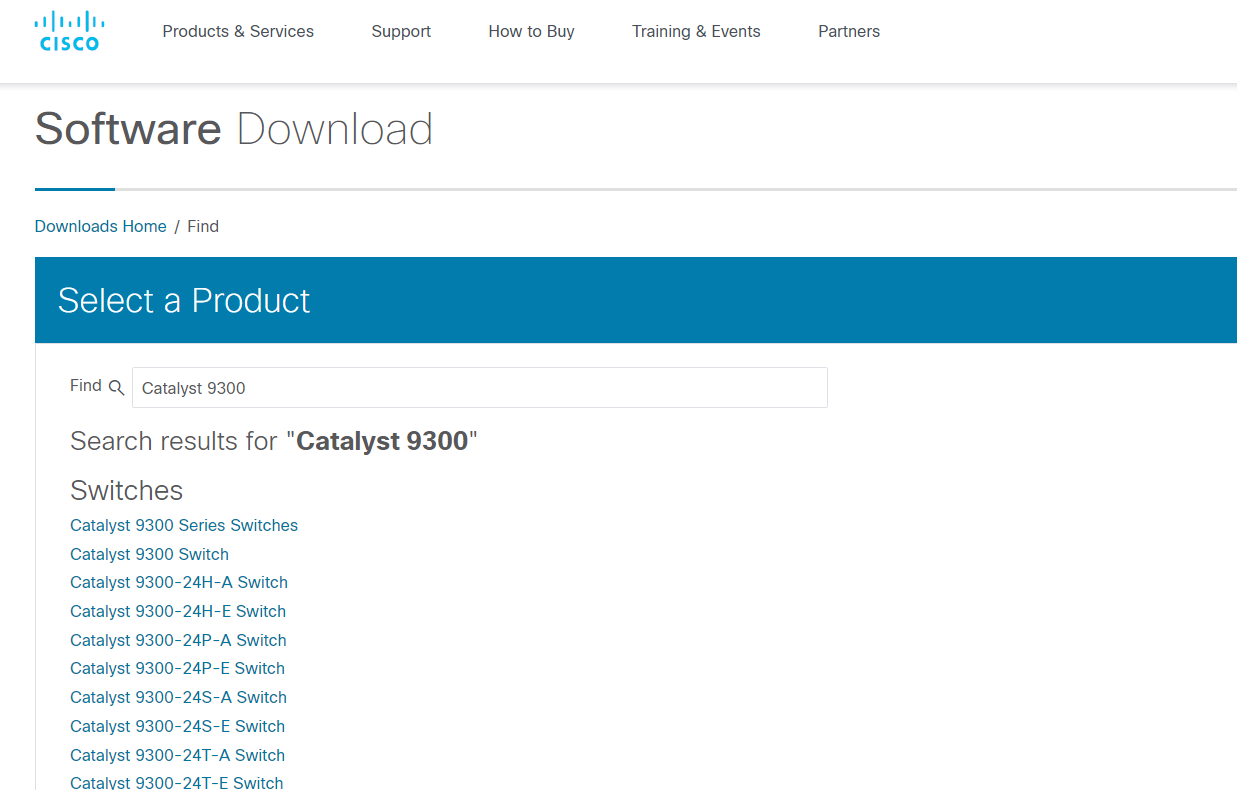
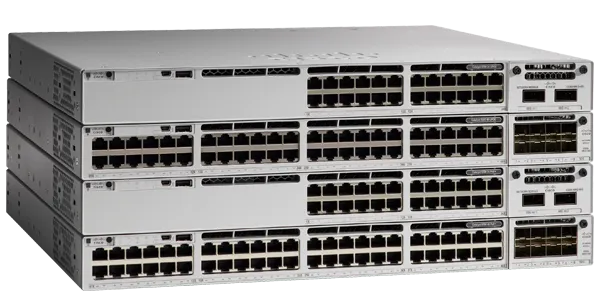
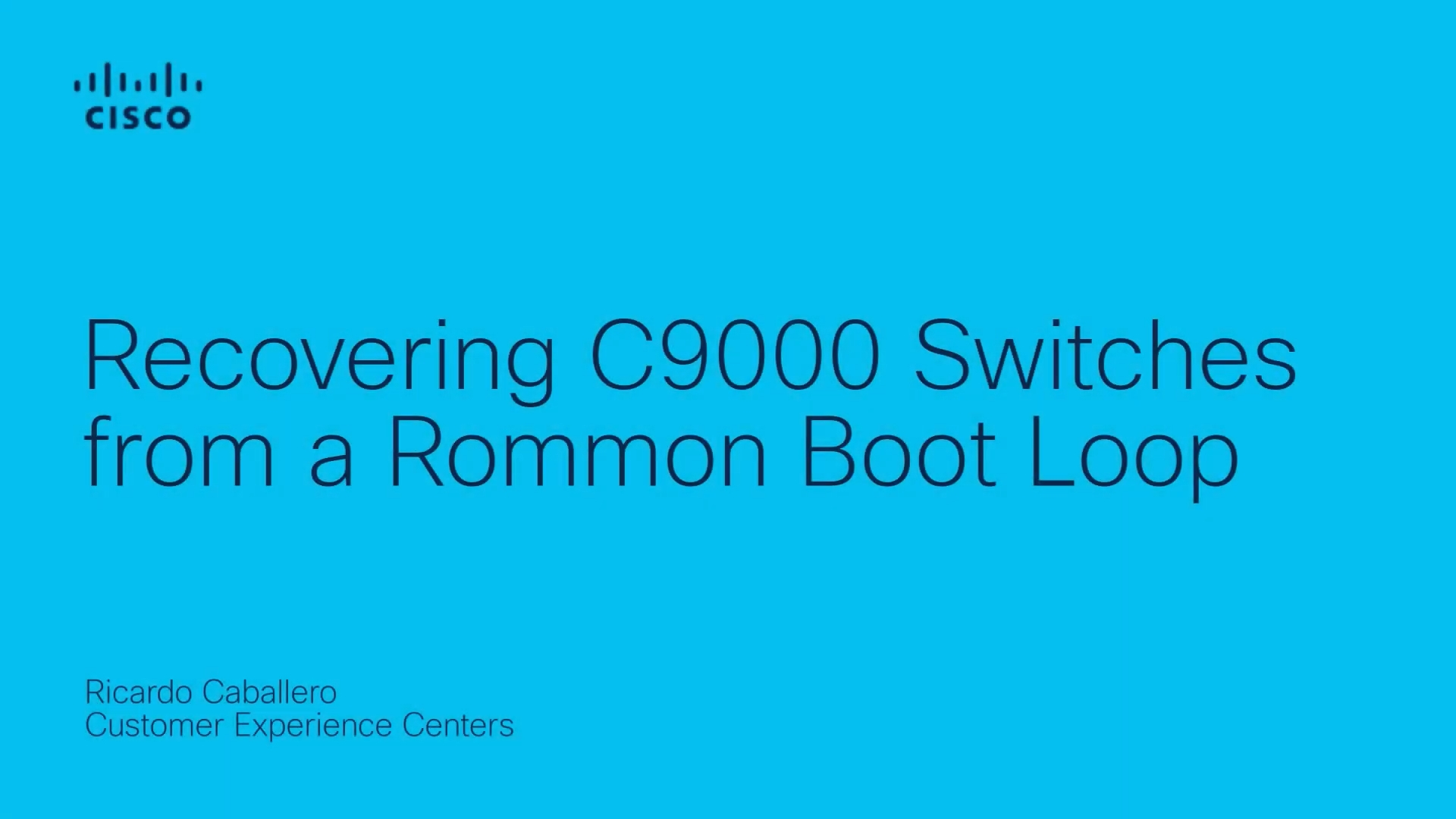
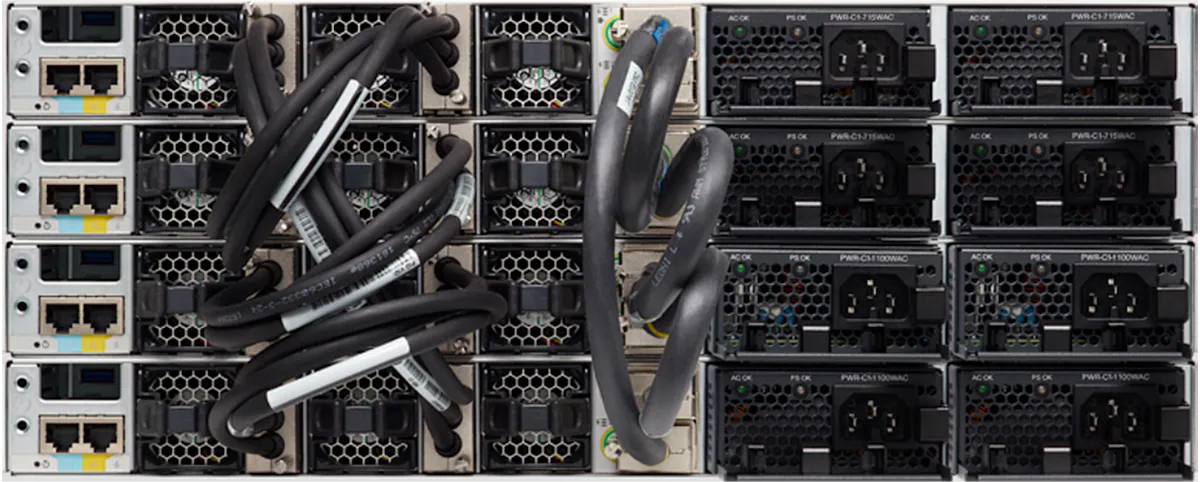
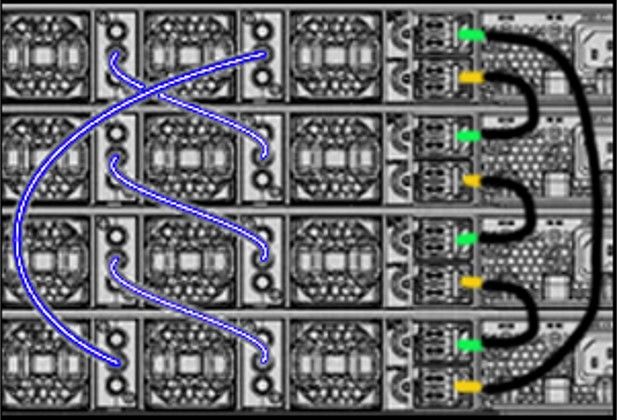

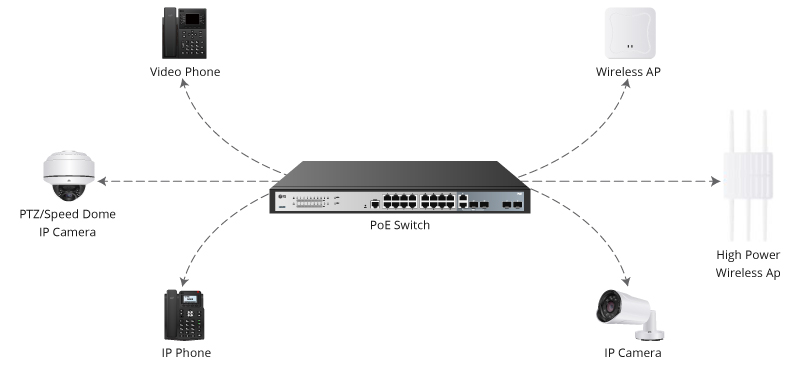






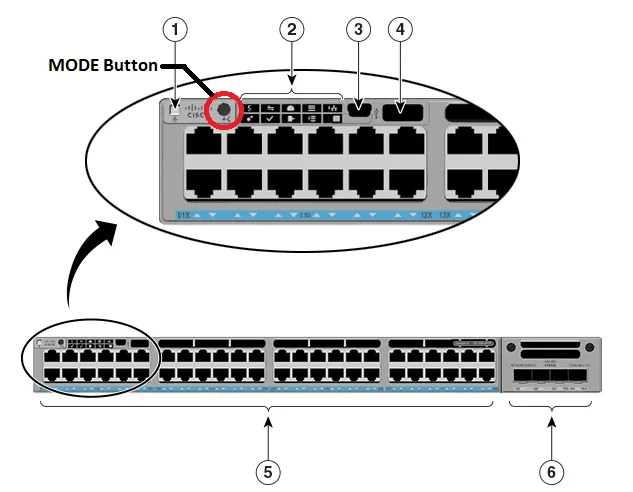
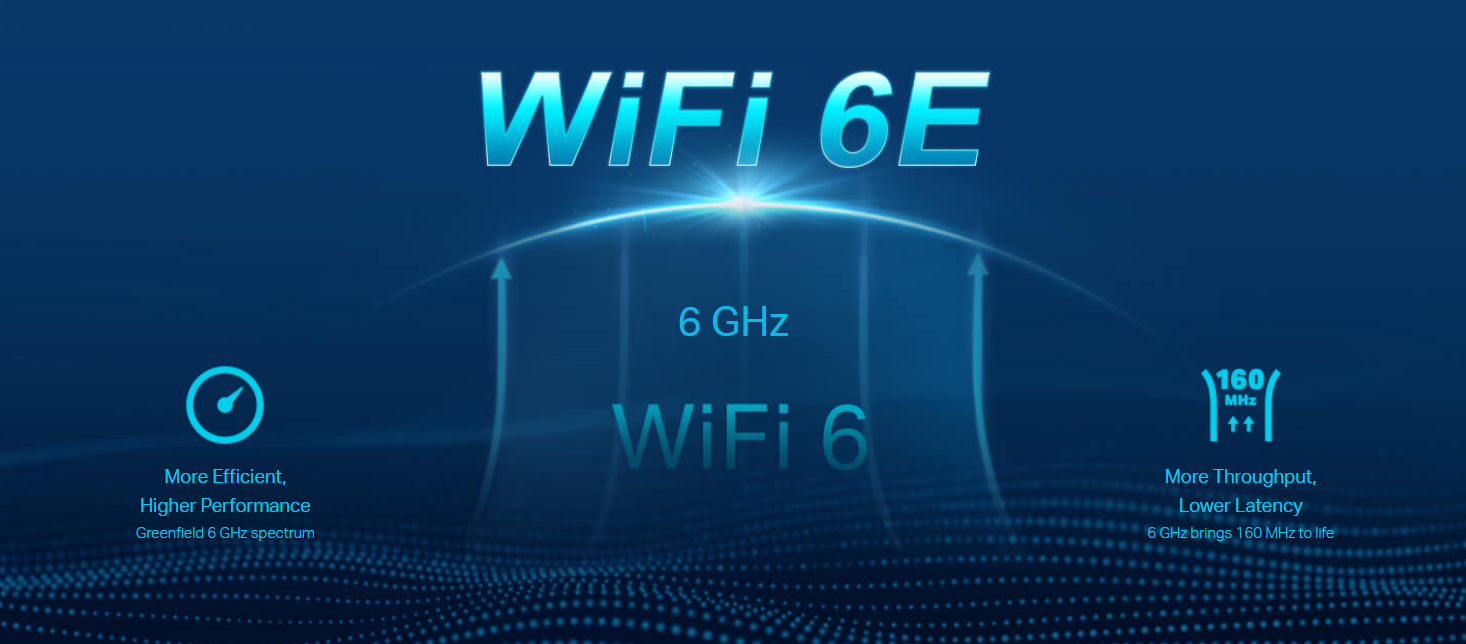

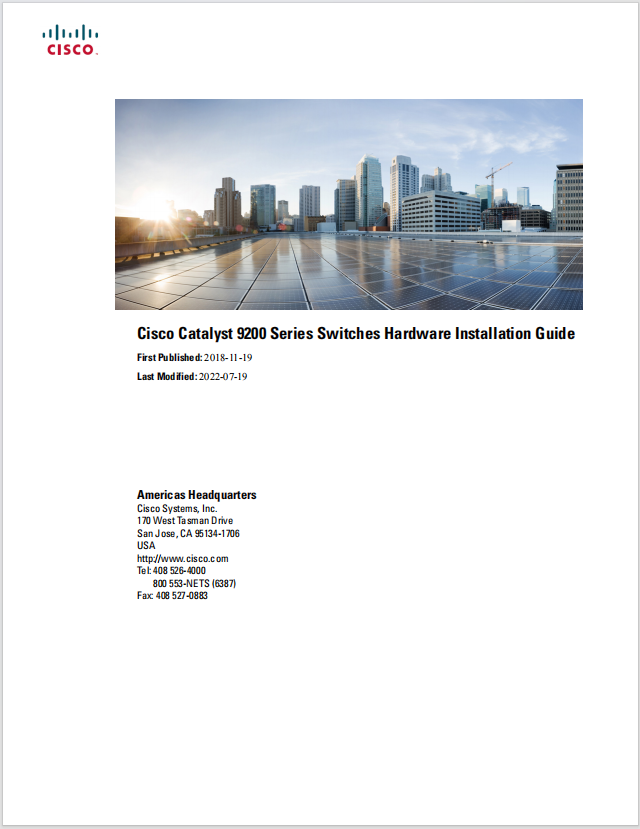

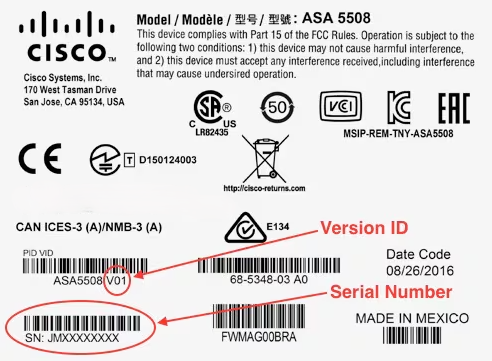
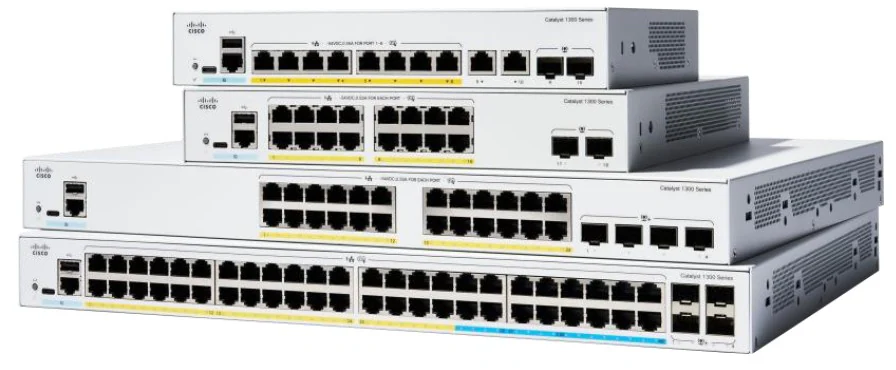


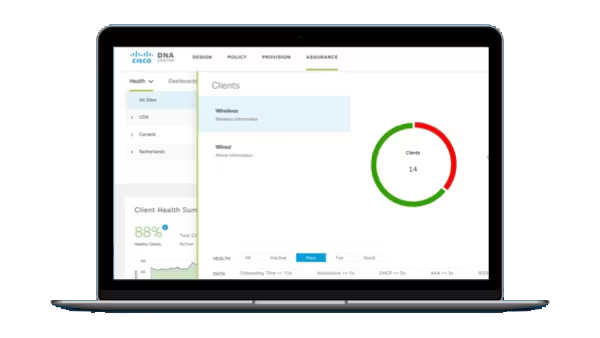
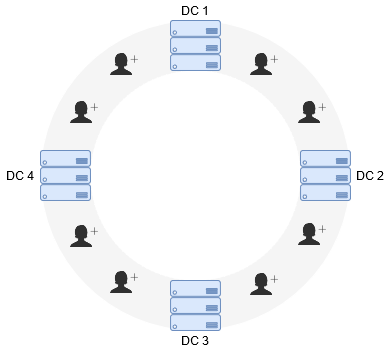
 Ray Nering, Product Manager, Transceiver Modules Group, Cisco
Ray Nering, Product Manager, Transceiver Modules Group, CiscoIn my previous blog post, I wrote about the new QSFP-DD800 MSA group, which released its Rev.1.0 specification for the QSFP-DD800 form factor back in March. This is just one step in laying the foundation for the inevitable need for higher data rate pluggable optics at some point in the future.
In addition to the new QSFP-DD800 form factor MSA, there has also been considerable effort to standardize 800G signaling. The 25G Ethernet Consortium has re-branded itself as the Ethernet Technology Consortium and has released an 800GE specification. Originally established to develop 25, 50, and 100 Gbps Ethernet specifications, the 25 Gigabit Ethernet Consortium announced on April 6 that it has changed its name to Ethernet Technology Consortium in order to reflect a new focus on higher-speed Ethernet technologies. The goal of the consortium is to enhance the Ethernet specification to operate at new speeds by utilizing specifications that are already developed or in development. This allows the organization to work alongside other industry groups and standards bodies to adapt Ethernet at a pace that aligns with the rapidly evolving needs of the industry. The ETC has more than 45 members with top-level promoter members that include Arista, Broadcom, Cisco, Dell, Google, Mellanox, and Microsoft.

The new ETC standard specifies an 800G implementation based on 8x 106 Gb/s lanes, which is very much in line with the QSFP-DD800 MSA. The 8 lanes use a 2x 400GE PCS layer to connect to a single MAC operating at 800 Gb/s. The interface can also be used as a 2x 400GE interface. In principle, 2x 400G PMDs could be used to form an 800G interface, for instance, 2x400GBASE-DR4 modules. However, for now, the specification does not define an 800GE PMD (Physical Medium Dependency).
The specification leverages many of the industry standards that have been determined or are in progress. For example, it reuses the same FEC algorithm that the IEEE used in its 400G standard, RS(544,514). This makes it easier for next-generation form factors to use the 800GE MAC for 2x 400GE applications. Also, the SERDES will leverage the IEEE
 Горячие метки:
Cisco optics
Cisco Optical Networking
#CiscoOpticsBlog
#CiscoOptics
Горячие метки:
Cisco optics
Cisco Optical Networking
#CiscoOpticsBlog
#CiscoOptics